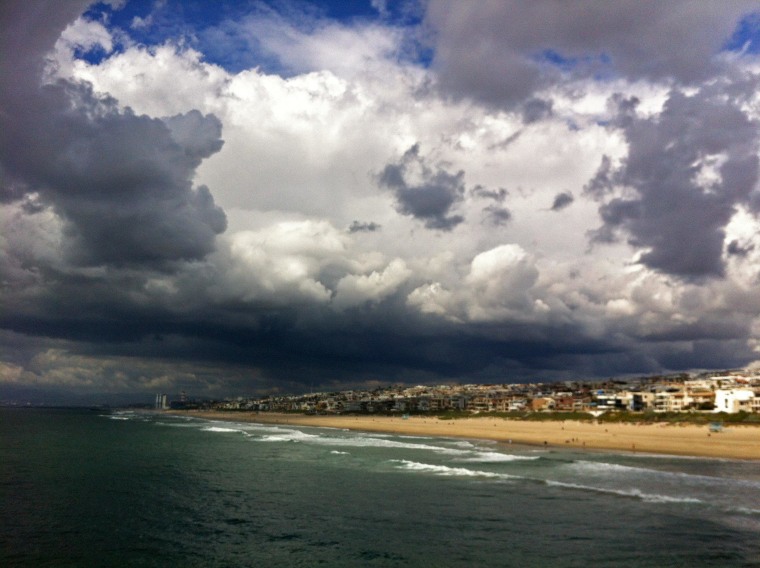A long-anticipated weather phenomenon known as El Nino has finally arrived. But for drought-struck California, it's too little, too late, meteorologists say. The National Weather Service on Thursday proclaimed the complex climate pattern is now in place. El Nino is a warming of a certain patch of the central Pacific that changes weather patterns worldwide, associated with flooding in some places, droughts elsewhere, a generally warmer globe, and fewer Atlantic hurricanes. El Ninos are usually so important that economists even track them because of how they affect commodities. But this is a weak, weird and late version of El Nino, so don't expect too many places to feel its effects, said Mike Halpert, deputy director of the weather service's Climate Prediction Center. He said there may be a slight decrease in the number of Atlantic hurricanes this summer if the condition persists, but he also points out that 1992's devastating Hurricane Andrew occurred during an El Nino summer, so coastal residents shouldn't let their guard down.There's about a 50 to 60 percent chance the El Nino will continue through the summer, NOAA predicts.
Ever since March 2014, the weather service has been saying an El Nino was just around the corner. But it didn't quite show up until now. Last year, some experts were hoping that El Nino would help the southwestern droughts because moderate-to-strong events bring more winter rain and snow to California — even flooding and mudslides during 1998's strong El Nino. But this El Nino arrives at the end of California's rainy season and is quite weak, Halpert said. "This is not the answer for California," Halpert said. This is the first El Nino since spring of 2010.
IN-DEPTH
- Last Chance for El Nino Drought Relief? New Kelvin Waves Cross Pacific
- Chance of El Nino Still Ahead, but Can It Help California?
- California Drought: Early Months of 2015 Will Be Critical
